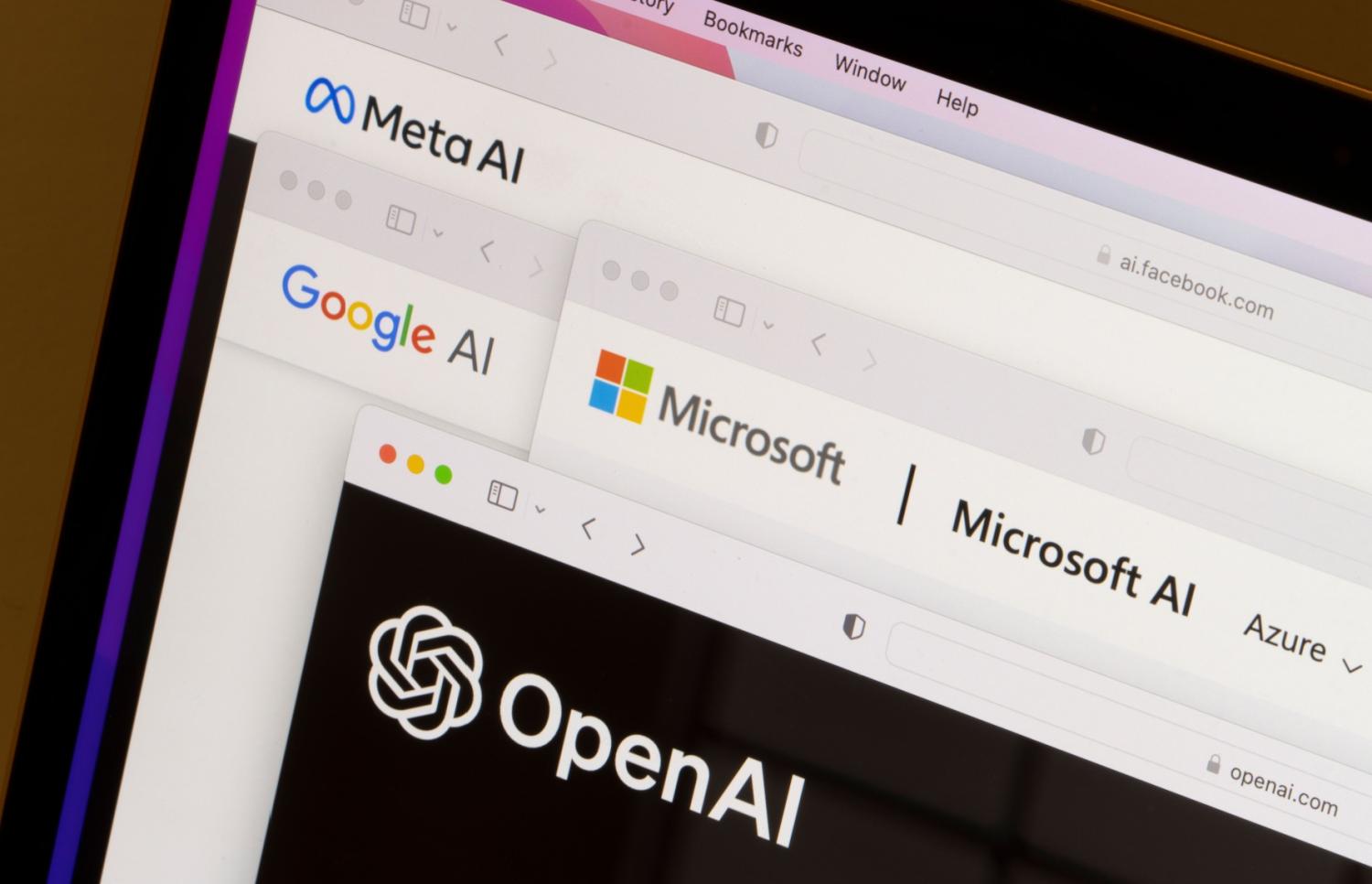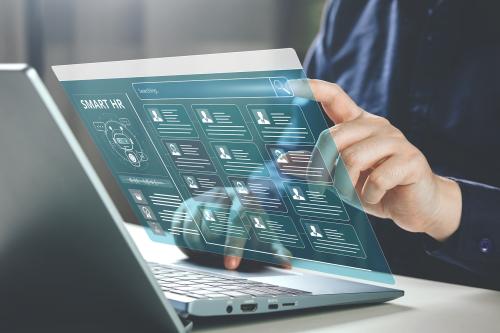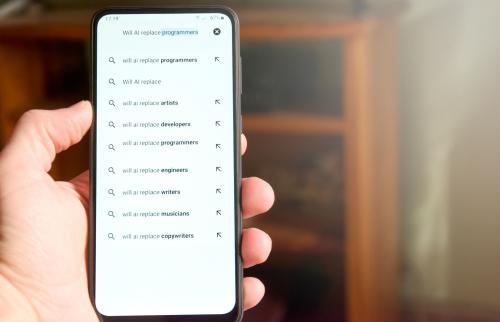This paper was originally published by the Journal of Economic Literature in July 2024. It represents a mid-year update to the report on “Generative AI for Economic Research.” See supplemental December 2024 update: Large Language Models learn to collaborate and reason.
Executive summary
The landscape of Large Language Models (LLMs) and other generative AI has evolved rapidly since the beginning of 2024. Recent progress has been characterized by better performance, growing context windows allowing LLMs to process more data at once, better recall, faster processing, and falling costs. These changes have led to qualitatively new ways of applying LLMs in cognitive work. This paper summarizes the main innovations since the beginning of the year and demonstrates updated use cases of cutting-edge LLMs for economic research and similar activities, classified along six domains: ideation and feedback, writing, background research, coding, data analysis, and mathematical derivations.
Leading AI labs have released significant updates to their LLM offerings in recent months, including vision capabilities and real-time sound processing. OpenAI’s GPT-4o, Anthropic’s Claude 3.5, and Google DeepMind’s Gemini series represent the cutting edge of publicly available models. LLMs can now be accessed through web-based chatbots, real-time voice assistants, web-based experimentation platforms, and Application Programming Interfaces (APIs), offering varying levels of customization and integration. The rise of powerful open-source models like Meta’s LlaMA 3 series and Mistral’s models offers new opportunities for transparency, innovation, and cost-effective research applications. Advances in computational capacity and LLM efficiency are making it increasingly feasible to run smaller but capable models on local machines, offering benefits in terms of data privacy and offline accessibility. The introduction of features like OpenAI’s Advanced Data Analysis tool and Anthropic’s Artifacts enable more sophisticated data processing and analysis directly within LLM interfaces.
These developments have significant implications for all cognitive work, including for economic research, offering the potential for increased productivity. All white-collar workers are well-advised to stay informed about developments in LLM technology, be aware of the latest LLM capabilities, and explore how these tools can best be integrated into their workflows, as the rapid pace of innovation suggests that capabilities and best practices will continue to evolve. This paper summarizes the new developments and provides an updated collection of three dozen examples and use cases.
Click here for the Dec. 2023 version of the paper and here for additional resources.
-
Acknowledgements and disclosures
Copyright American Economic Association; reproduced with permission.
The Brookings Institution is financed through the support of a diverse array of foundations, corporations, governments, individuals, as well as an endowment. A list of donors can be found in our annual reports published online here. The findings, interpretations, and conclusions in this report are solely those of its author(s) and are not influenced by any donation.
The Brookings Institution is committed to quality, independence, and impact.
We are supported by a diverse array of funders. In line with our values and policies, each Brookings publication represents the sole views of its author(s).





